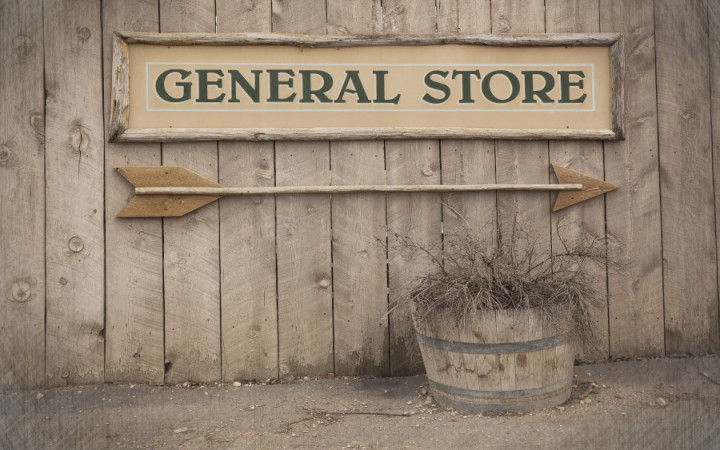Have you ever thought about how different life must have been like for the pioneers hundreds of years ago? Put yourself in the shoes of a young boy or girl from long ago. What would your day-to-day life be like?
Different, right? There was no Internet back then, so that fact alone probably paints a contrasting picture of what life was like. Of course, if you like to play outside and explore the great outdoors, then maybe some parts of life long ago might not seem quite so foreign to you.
One thing that was definitely different long ago was shopping. Without the Internet and computers, you simply couldn't order things online that would be delivered to your doorstep. Instead, you probably had to make many of the things you needed for yourself.
For those items that you could not make for yourself, you might have to arrange to trade goods and services you could provide with someone who had the other things that you need. This system, called bartering, was the main way to get the things you needed long ago.
On the frontier, there might have been a primitive store of sorts at a crossroads or the meeting of two rivers. These outposts, often called trading posts, were places where people could travel to meet others to with.
Over time, as technology improved and people began to specialize in producing certain goods, trading posts evolved into stores filled with a wide variety of common goods that many people needed. What were such stores called? You'd be right if you answered general stores!
While these types of stores might have gone by many different types of names, such as mercantiles, emporiums, village shops, general dealers, or even general merchandise stores, they were collectively known as general stores. General stores were where you would go to get just about anything and everything you could possibly need, from food and clothing to household goods and even building supplies.
General stores became the "one stop shop" for the communities they served. In fact, general stores often catered to the specific needs of the community in which they were located. They also became hubs where people would gather to talk about local news, politics, and events of the day.
Over time, industrialization, improvements in technology, and the development of automobiles allowed people to travel farther to obtain specialized, mass-produced goods that they wanted. As a result, specialty retail shops became much more common, as sellers decided to focus on a particular type of product instead of providing a wide variety of different products.
Before long, general stores became less common, as families went to the grocery store for food, clothing stores for clothes, shoe stores for shoes, and a variety of other specialty retail stores for specific purchases. A walk through any modern shopping mall will reveal the many types of specialty retail stores that exist and thrive today.
Is the general store dead in modern society? Not by a long shot! Today's large retailers and "big box" stores such as Walmart and Target have revived the concept of general stores by offering a wide variety of the most commonly-used products under one roof. By doing so, they offer shoppers the convenience of getting nearly everything they need with one stop, which is attractive to many shoppers in today's busy world. If you look around your community, you'll probably find several examples of general stores!




